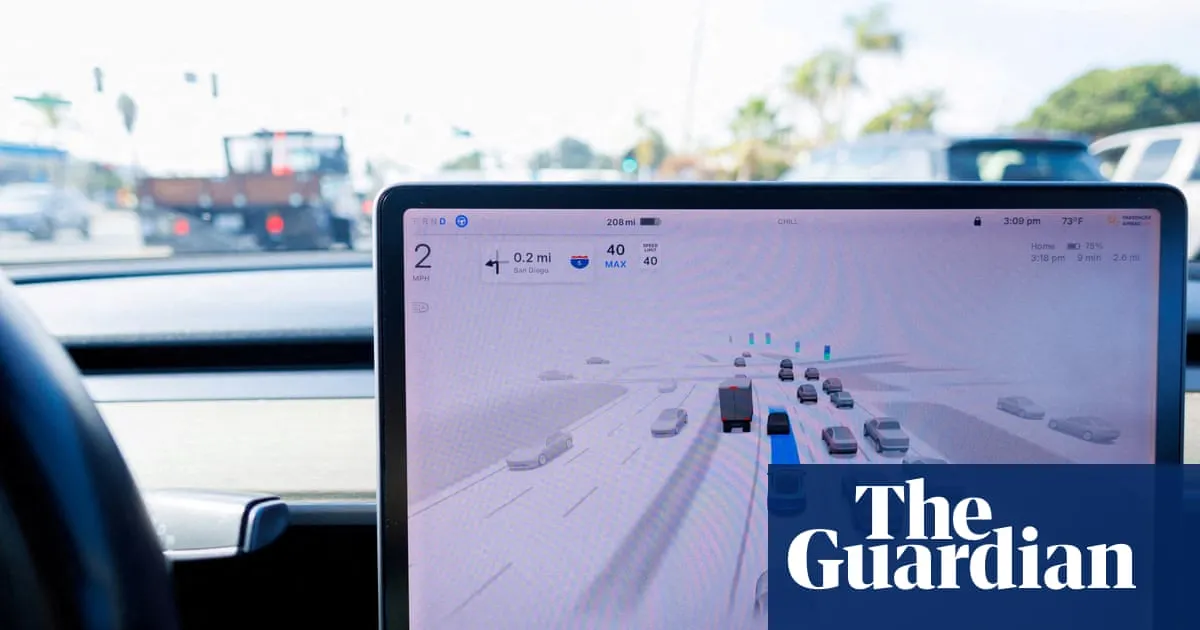
The National Highway Traffic Safety Administration (NHTSA) has initiated an investigation into Tesla vehicles equipped with its full self-driving technology. This action follows a series of traffic-safety violations linked to the electric carmaker’s advanced driver-assistance system. According to the NHTSA, Tesla’s self-driving assistance has been found to induce vehicle behaviors that violate established traffic safety laws.
This preliminary evaluation marks the first step in a process that could lead to the NHTSA seeking a recall of Tesla vehicles if they are deemed to pose a safety risk. The agency has received alarming reports involving approximately 2.88 million Tesla vehicles that have allegedly run red lights and traveled against traffic during lane changes while utilizing the full self-driving system.
The NHTSA disclosed that it has documented six incidents in which Tesla vehicles, while operating with the full self-driving (FSD) engaged, approached intersections with red traffic signals. These vehicles continued into the intersection despite the red light, resulting in collisions with other vehicles. Notably, four of these crashes have led to one or more injuries.
In addition to the crash reports, the NHTSA has identified 18 complaints and one media report suggesting that Tesla vehicles operating at intersections with FSD have failed to remain stopped at red signals, did not stop fully, or failed to accurately detect and display the correct traffic signal state on the vehicle's interface. Some users have also reported that the FSD did not provide adequate warnings regarding its intended behavior as the vehicle approached a red light.
Tesla’s full self-driving technology, which is designed to be more advanced than the company’s Autopilot system, has been under investigation by the NHTSA for over a year. In October 2024, the agency began a broader inquiry into 2.4 million Tesla vehicles equipped with FSD after four reported collisions occurred under conditions of reduced visibility, including sun glare, fog, or airborne dust. Tragically, one of these incidents resulted in a fatality.
Tesla’s official website states that its full self-driving system is “intended for use with a fully attentive driver, who has their hands on the wheel and is prepared to take over at any moment.” The company emphasizes that while these features are designed to improve over time, the currently enabled features do not render the vehicle autonomous.
As the investigation continues, it remains to be seen how this could impact Tesla's reputation and the future of its self-driving technology.